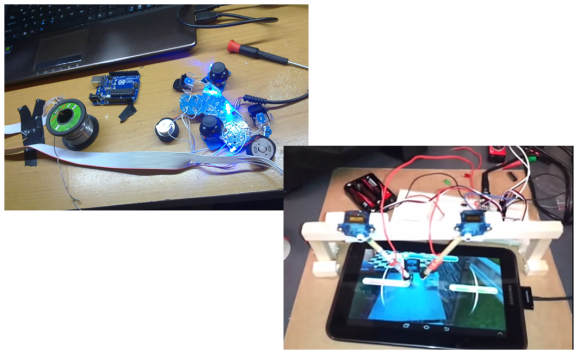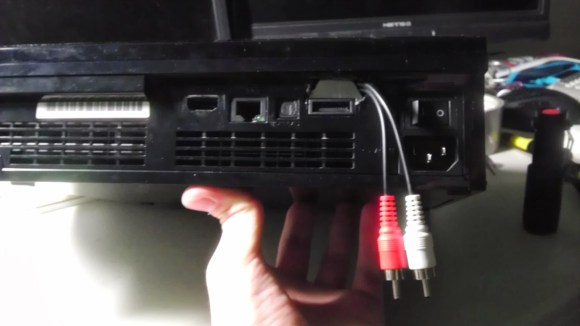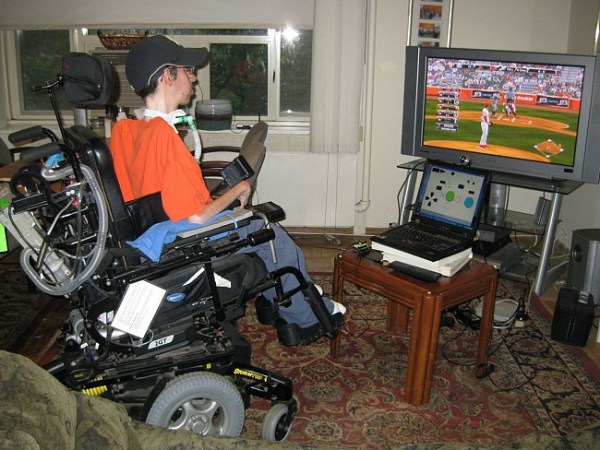
3rd party console game controllers sometimes sport a “rapid-fire” button to give gamers an unfair advantage. [Connor’s] project is along the same lines, but his hack had a different goal: automate the input of GTA5 cheat codes. [Connor] admits that this is his first Arduino hack, but aside from a small hiccup, he managed to pull it off. The build connects each button on a PS3 controller via some ribbon cable to its own digital out on an Arduino Uno . After plugging in some pretty straightforward code, [Connor] can simply press one button to automate a lengthy cheat code process.
[Matt’s] hack manages to save him even more user input in this second video game hack, which automates finger clicks in an Android game. [Matt] pieced together a couple of servos plugged into a PICAXE-18M2 microcontroller, which repeats one simple action in [Matt’s] Sims Freeplay game: continuously “freshening” (flushing?) a toilet. To mimic the same capacitive response of two fingers, [Matt] built the two contact surfaces out of some anti-static foam, then grounded them out with a wire to the ground on the board.
Check out a gallery of [Connor’s] controller and a video of [Matt’s] tablet hack after the break, then check out a rapid fire controller hack that attacks an XBox360 controller.

















